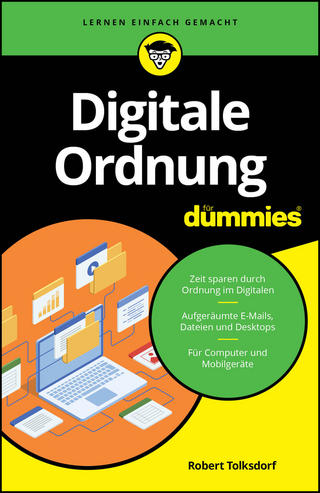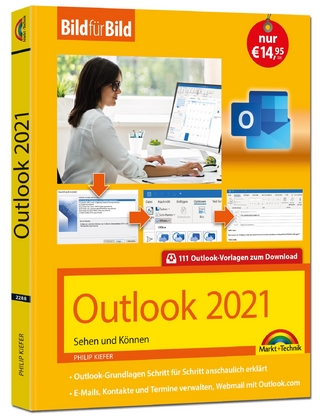
From Chaos to Concept
John Wiley & Sons Inc (Verlag)
978-1-119-62896-5 (ISBN)
If you want to design solutions to meet business goals and delight your users, you can look to this resource which covers the following areas:
Creating and documenting goals, strategies, objectives, and tactics
Defining or refining personas based on your measurable objectives (OKRs)
Creating and iterating on scenarios based your prioritized personas
A team approach to defining the product and roadmap to address critical use cases
Team based divergent ideation and solution exploration
Team based convergent solution definition
Wireframing potential solutions for rapid research and iteration
Using quantitative and qualitative methods to understand usage and test with users
Exploring approaches to taxonomy and information architecture
Using psychology and human factors to drive your design decisions
Developing performant, accessible, maintainable experiences
Using analytics to measure the results and inform the next iteration
How this process differs based on the size of the company or team that is employing it
KEVIN C. BRAUN is a UX design leader, speaker, educator, and author. He is the founder of Braun Interactive, a design consultancy located in the heart of the Silicon Valley. Kevin has over 24 years of software design and development experience. In that time he has worked to improve user experiences with world-class companies including Google, Samsung, Rolex, Hyundai, Michael Kors, MIT, Harvard, Cisco Systems, Keurig, and Vermont Teddy Bear. He has also worked with industry leaders in healthcare, insurance, automotive, mobile devices, and consumer goods.
Introduction: The Golden Butter Knife xv
CH 1: Make It Useful 1
What are We Trying to Do and How Will We Know If We Did It? 1
CH 2: Make It Usable 31
Who are We Designing This For?—Personas/User Segments 31
What Do They Need?—Scenarios 38
When Will We Design and Build It?: The Product Roadmap 42
CH 3: Make It Beautiful 59
Scannability, Readability, Comprehension 62
Using the Inverted Pyramid Model for Content 63
Alignment and the Grid 65
Visual Hierarchy 67
Composition 69
Scope 74
The Golden Triangle 74
The F, Z, and Other Gaze Patterns 76
Gestalt Patterns 77
Color 86
Thematic Appropriateness 88
Data Visualization 90
Further Reading 94
CH 4: Make It Functional 95
Framework-itis and Code Bloat 98
Testing across Platforms, Browsers, and Devices 99
Accessibility 102
Further Reading 105
CH 5: Make It Measurable 107
FaUX 107
Analytics 110
Conversions and Micro Conversions 111
Be Curious and Analytical 113
Google Analytics 115
Mouseflow 115
Reverse Path Analysis to Understand Failure 117
Being Misled by Your Data 118
Fear of Change 119
Ease the Fear of Change with A/B Testing 120
Some Helpful Tools of the Trade 121
Further Reading 122
CH 6: Make It Better 123
Planning Your Iterations 123
Research 124
Analysis 125
Findings 126
Recommendations 128
Prioritization 130
Effort 132
Further Reading 133
CH 7: Make These Methods Work for You 135
Starting with a Greenfield Project or at a Startup 135
Understanding the Market 136
What Comes Next? 154
Working within an Established Company 168
Conclusion 176
Index 179
| Erscheinungsdatum | 08.09.2020 |
|---|---|
| Verlagsort | New York |
| Sprache | englisch |
| Maße | 185 x 231 mm |
| Gewicht | 408 g |
| Themenwelt | Kunst / Musik / Theater ► Design / Innenarchitektur / Mode |
| Informatik ► Office Programme ► Outlook | |
| Informatik ► Software Entwicklung ► User Interfaces (HCI) | |
| Mathematik / Informatik ► Informatik ► Theorie / Studium | |
| Informatik ► Web / Internet ► Web Design / Usability | |
| ISBN-10 | 1-119-62896-2 / 1119628962 |
| ISBN-13 | 978-1-119-62896-5 / 9781119628965 |
| Zustand | Neuware |
| Informationen gemäß Produktsicherheitsverordnung (GPSR) | |
| Haben Sie eine Frage zum Produkt? |
aus dem Bereich


